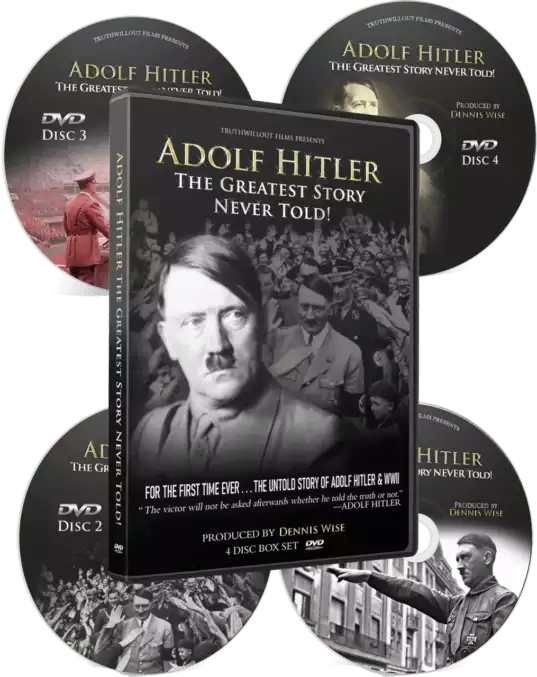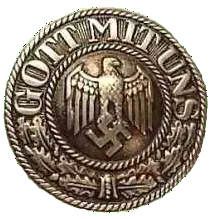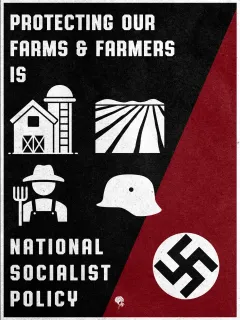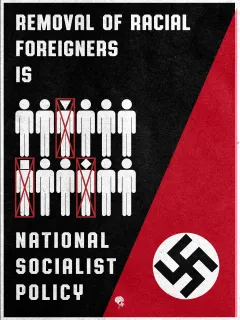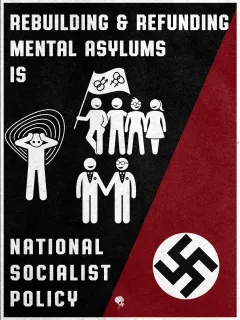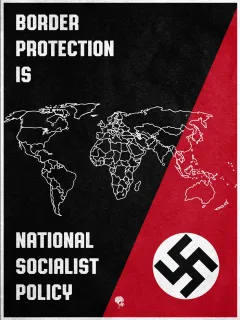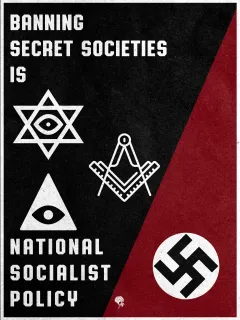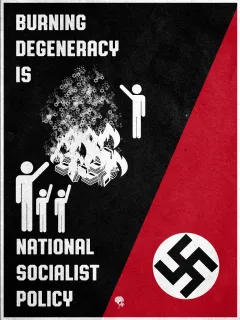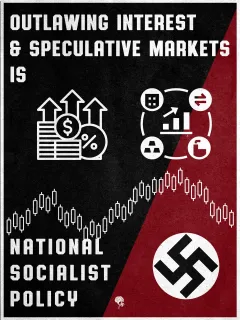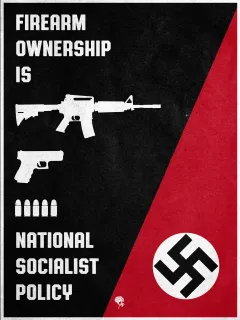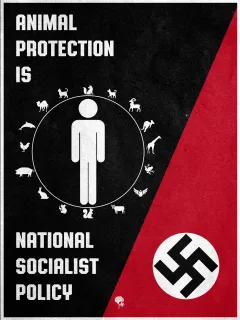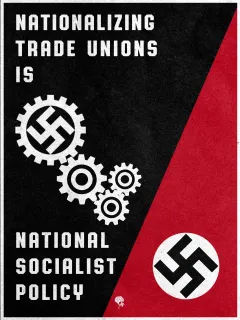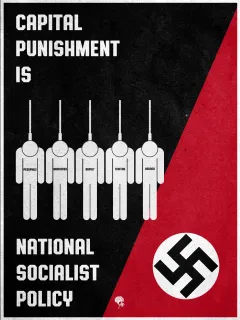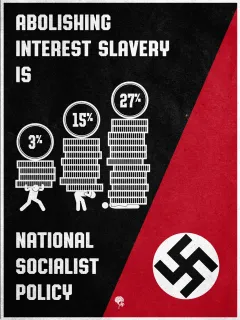Russia. No. 1 (1919). - 35. Lord Kilmarnock to Earl Curzon.
No. 35.
Lord Kilmarnock to Earl Curzon. ―(Received February 11.)
Copenhagen, February 6, 1919.
My Lord,
I HAVE the honour to forward herewith a translation of the first official report on the atrocities committed by the Bolsheviks in Wesenberg and Dorpat, which has been furnished me by the Esthonian representative here.
I have, &c.
KILMARNOCK.
Enclosure in No. 35.
ATROCITIES PERPETRATED BY THE BOLSHEVIKS IN ESTHONIA.
In Wesenberg.
AFTER the Esthonian troops had reconquered the town of Wesenberg from the Bolsheviks, the graves of those murdered by the latter during their short period of "terrorism" were opened on the 17th January, 1919.The following officials were present : Town Governor, Aren ; President of the District Administration, Hr. Juhkam ; Deputy Mayor, Jakobson ; Militia Commandant, Kϋtt ; Assistant Militia Commandant, Tenneberg ; Medical Officer of Health, Dr. Wiren ; and the previous Medical Officer of Health, Dr. Utt.
The vicinity of the graves of the victims to the Red Terror showed with what brutal roughness the Bolsheviks had executed their victims. Everywhere was to be seen congealed blood amongst which tattered pieces of cap, bits of clothing, brains, and fragments of skull with hair could be distinguished. In the first grave sixteen bodies were found, which were later photographed. Among these the following were identified : Army doctor, Dr. Reinik ; the Greek Catholic priest, Sergei Filorenski ; ambulance soldier, Ellenberg, of Reval ; the local merchant, Gustav Bock ; Tönis Pödra, of Gut Uhtna ; a railway official, Tönu Pöiklik, of Wesenberg ; Ferdinand Tops, from the parish of Undle; Rudolf Rost, ambulance soldier, of Tudulinne ; Eduard Sepp, of the Estate Welsi ; and the shoemaker Kolk, of Wesenberg. Sixteen victims were also in the other grave. The following were recognized : Heinrich Mikker, of Kunda ; Joh. Ed. Järw, of Gem Kϋti ; Juri Juhkam, of the parish of Roela ; Hugo Lang, of the parish of Kϋti ; Josep Koovits, of Kunda ; Harriette von Muhlen, of the Tudu Estate ; Walter Pauker, the clergyman of Wesenberg ; Gustav Sone, from the parish of Kϋti ; von Hesse, an official of Wesenberg ; Peter Sakkar, from Kunda ; Arthur Sulto, from Kunda ; Jakob Raja, forester from the Estate of Lobu ; Hugo Rannaberg, from the parish of Kϋti.
The third and largest of the graves was opened on the 18th January. It was 4 metres long and 2 metres deep, and filled to the top with corpses. Fifty bodies were found here, among whom the following were recognized : Rudolf Peets,of Laekwere ; Carl Erde, of Haljala ; Daniel Sellow, a merchant of Laekwere ; Jean Rebane, from the village of Assanalls ; Johannes Lamberg, of Ambla ; Hindrick Roosilill, from the Tape Estate ; Eduard Walow, of Wesenberg ; Gustav Koolmann, of Walnupea ; Mihkel Klein, from the parish of Kϋti ; August Marton, from Malla ; Dr. Morits Ling, from Kunda ; Sііm Magi, of Malla ; Juri Kuller, from the Inju Estate ; Johannes Marton, from Malla : Konrad Preisberg, of Ambla ; Ernst Klein, from the parish of Kϋti ; Karl Paas, of Kuline ; Arthur Wään, soldier of the Militia, from the parish of Wihula ; Jϋri Lemming, of AmbIa ; Willen Pϋdermann, of Rahkla ; Karl Knauf, proprietor of Nomkula ; Karl Pudel, from Rahkla ; Johannes Schmitnar, tenant of the Tapa Estate ; Frau van Rehekampf, of Wesenberg ; August Paas, of Kulina ; Lϋna Lϋmann, of the parish of Aaspere ; Jeannette, Baroness Wrangel, of Wesenberg ; Frau von Samson, of Wesenberg ; Leopold Aron, head of the Post Stage of Wesenberg ;Jaan Paas, of Kulina ; railway official Older, of St. Pϋssi ; Mihkel Marton, of Mana ;Jϋri Magi, of Inju ;Feodar Nϋmm, of Osel ;Bernh. Wold Lessel, of Wesenberg ; Masik, soldier of the people's army from the Government of Twer ;J. Heinrich Grauberg, of Rahkla ; Prϋdik Wilder, of Lakwere ; Julius Kϋtsel, of Laekwere ; Marta Afanasjewa, Sister of Mercy, of Kunda ; Marie Kirsch, of Wesenberg.
All the bodies showed signs of the rage and revenge of the Bolsheviks. The victims were all robbed of everything except their linen, their boots also having been taken. The Bolsheviks had shattered the skulls of thirty-three of the bodies, so that the heads hung like bits of wood on the trunks. As well as being shot, most of the murdered had been pierced with bayonets, the entrails torn out, and the bones of the arm and leg broken.
How the victims were executed by the Bolsheviks is described by one of these unfortunates, Proprietor A. Munstrum, who managed to save himself by a miracle :― "On the afternoon of the 11th January, fifty-six of us were led to the place of execution, where the grave was already made. Half of us, including six women, were placed at the edge of the grave. The women were to be killed first, as their cries were so heartrending the murderers could not listen to them any longer. One woman tried to escape, but did not get far. They fired a volley, and she sank to the ground wounded. Then the Bolsheviks dragged her by the feet into the grave. Five of the murderers sprang after her, shot at her, and stamped on her body with their feet till she was silent. Then a further volley was fired at the other victims. In the same way they were thrown into. the graves and done to death with butt-ends and bayonets. After which the murderers once more stamped on the bodies. . . ."
In Dorpat.
Also in Dorpat the Bolsheviks committed the same kind of atrocities as in Wesenberg. On Christmas evening the well-known Director of Fisheries, Zoological Student Max von zur Mϋhlen, was murdered.
On the 26th December the following persons were shot : Mihkel Kϋs, Alex Lepp, Alexander Aland, and Karl Soo.
On the 9th January the Bolsheviks murdered the following persons : August Meos, Abram Schreiber, Woldemar Rästa, butcher Beer Stark, Baron Paul von Tiesenhausen, Woldemar and Johann Ottas, Mikhel Kure, Friedrich Päss, Bruno von Samson-Himmelstjerna, Harald von Samson-Himmelstjerna, Gustav von Samson-Himmelstjerna, goldsmith Rudolf Kipasto.
All these persons were dragged to the Embach River and shot down. The dead bodies were put into the river through ice-holes. Later, when the Esthonian troops had reconquered Dorpat, sixteen of these victims of the Red Terror were found in the Embach. As could be ascertained from the bodies, these victims had been tortured in the most dreadful manner. Many had arms and legs broken, the skull knocked in, &c. It was evident that Karl Soo, who was shot on the 26th December, had suffered most of all. The Bolsheviks had put out his eyes. On the 14th January, shortly before they were driven out by the Esthonian troops, the Bolsheviks killed twenty of their prisoners. After an official enquiry it was ascertained that this bloody deed took place in the following manner : The poor unfortunates, over 200 in number, who were kept in the Credit-system Bank and the police station, had to stand in a row. The names of the victims were then called out. They were robbed of their clothes, boots, and valuables, and led to the cellar of the Credit-system Bank, where the Bolsheviks, with hatchet blows, shattered their skulls. In this manner the above-mentioned, approximately twenty persons, were murdered, and only the hasty flight of the Red Guard from the Esthonian troops saved the remaining prisoners, among whom were from sixty to eighty women. Otherwise they would have been done to death in the same way. Among the bodies of the murdered the following were recognized : Archbishop Platon, Recording Clerk Michael Bleiwe, of the Unspenski Church ; the grey-headed clergyman of the Greek Orthodox Georgs-Church ; Priest Nikoli Beshanitzki, Professor and University clergyman Dr. Traugott Hahn, Hermann von Samson-Himmelstjerna, of Kawershof ; Heinrich von Krasse, owner of Rewold ; Banker Arnold von Tideböhl, Herbert von Schrenk, Baron Konstant von Knorring, Pastor Wilhelm Schwartz, Councillor Gustav Tensmann, Councillor Gustav Seeland, Merchant Surman Kaplan, Master Potter Ado Luik, Merchant Harry Vogel, Merchant Massal, and co-worker of "Postimees," Kärner.
Dr. Wolfgang, of Reyher, who shortly after the murders―the bodies were still warm―examined the above-mentioned cellar of the Credit-system Bank, and reports the following with regard to the appearance of the room where this foul deed took place : The floor of the whole room was covered with bodies, piled one upon the other in most unnatural positions, which could only be attributable to a violent death. In the middle the bodies were in three layers, wearing only underclothing. Nearly all had shots in the head, which had been received recently, because in a few cases the skull had been totally shattered, and in one case the skull hung by a thread. Some bodies showed signs of several shots. All was thick with blood, also on the bed and. on the walls congealed masses of blood and pieces of skull were to be seen. I counted twenty-three bodies, but it was easy to make a mistake, as it was difficult to recognise individual bodies in the heap. Not a bit of the floor was clear, so that I had to trample over bodies to reach others. The search for a sign of life was in vain.
After a later examination of the bodies, it was found that Bishop Platon had a bullet in the brain over the right eye, and death had been instantaneous. The left side of Priest Bleiwe's face had been shattered from the blow of an axe. The Bolshevik executioner's axe had hit Priest Bjeschanitzki in the middle of his face. From these blows the faces of both priests were so mutilated as to be almost beyond recognition. Both the arms and the head of Vicar Schwartz were hacked off. The Bolsheviks had nailed an officer's shoulder straps firmly to his shoulders. All the bodies and the cellar where they lay have been photographed.


